An algorithm developed by the University of South Australia and Iraqi researchers predicts diseases with 98% accuracy by analysing tongue colour and shape.
From University of South Australia 19/08/24
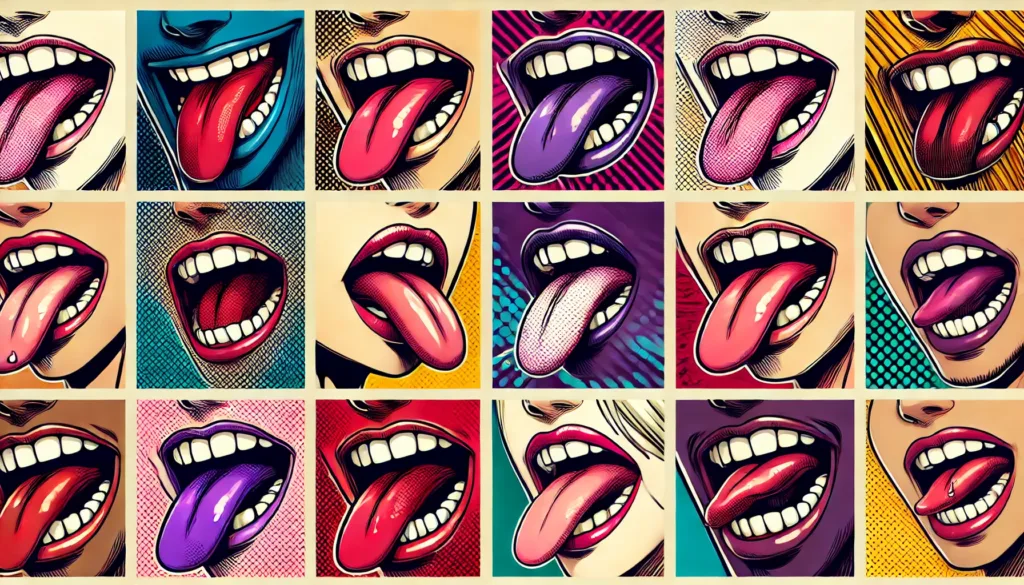
A computer algorithm has achieved a 98% accuracy in predicting different diseases by analysing the colour of the human tongue.
The proposed imaging system developed by Iraqi and Australian researchers can diagnose diabetes, stroke, anaemia, asthma, liver and gallbladder conditions, COVID-19, and a range of vascular and gastrointestinal issues.
Engineering researchers from Middle Technical University (MTU) and the University of South Australia (UniSA) achieved the breakthrough in a series of experiments where they used 5260 images to train machine learning algorithms to detect tongue colour.
Two teaching hospitals in the Middle East supplied 60 tongue images from patients with various health conditions.
The artificial intelligence (AI) model was able to match the tongue colour with the disease in almost all cases.
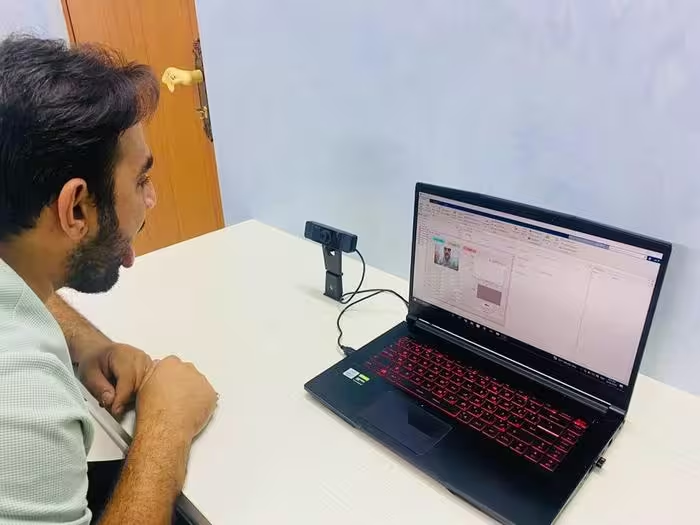
A new paper published in Technologies outlines how the proposed system analyses tongue colour to provide on-the-spot diagnosis, confirming that AI holds the key to many advances in medicine.
Senior author, MTU and UniSA Adjunct Associate Professor Ali Al-Naji, says AI is replicating a 2000-year-old practice widely used in traditional Chinese medicine – examining the tongue for signs of disease.
“The colour, shape and thickness of the tongue can reveal a litany of health conditions,” he says.
“Typically, people with diabetes have a yellow tongue; cancer patients a purple tongue with a thick greasy coating; and acute stroke patients present with an unusually shaped red tongue.”
“A white tongue can indicate anaemia; people with severe cases of COVID-19 are likely to have a deep red tongue; and an indigo or violet coloured tongue indicates vascular and gastrointestinal issues or asthma.”
In the study, cameras placed 20 centimetres from a patient captured their tongue colour and the imaging system predicted their health condition in real time.
Co-author UniSA Professor Javaan Chahl says that down the track, a smartphone will be used to diagnose disease in this way.
“These results confirm that computerised tongue analysis is a secure, efficient, user friendly and affordable method for disease screening that backs up modern methods with a centuries-old practice,” Prof Chahl says.
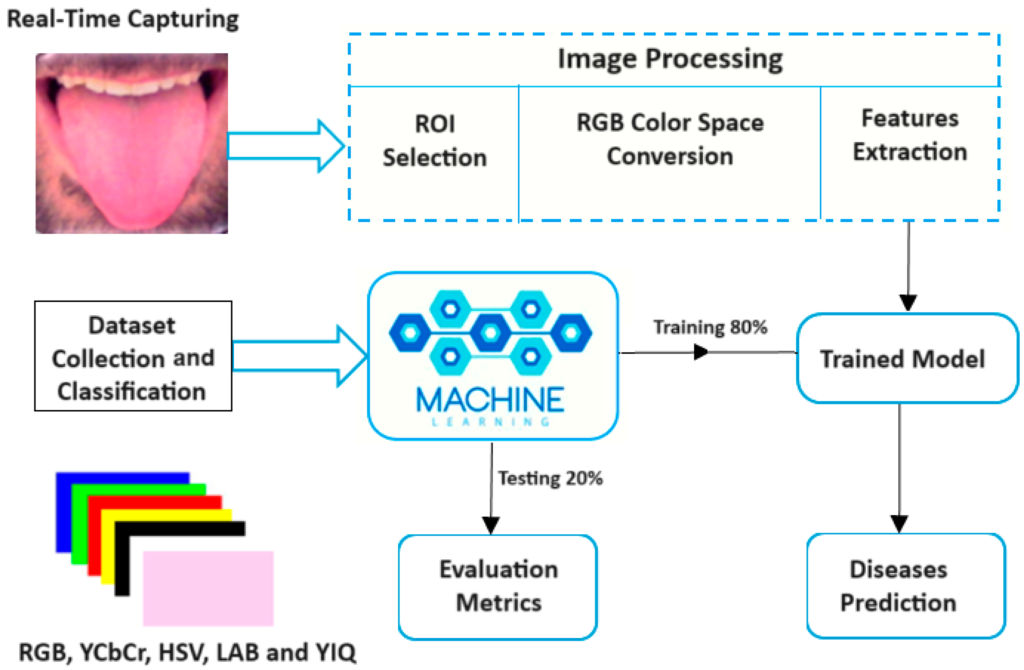
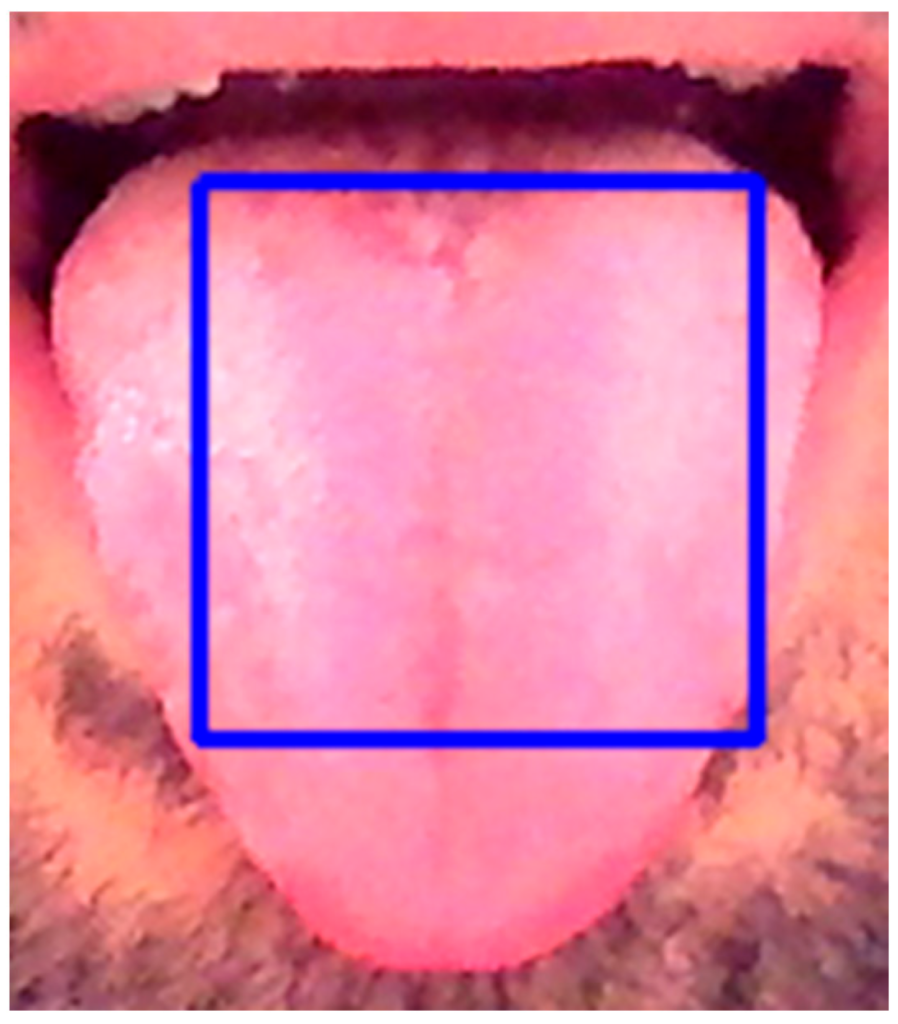
More info
You may also be curious about:
-
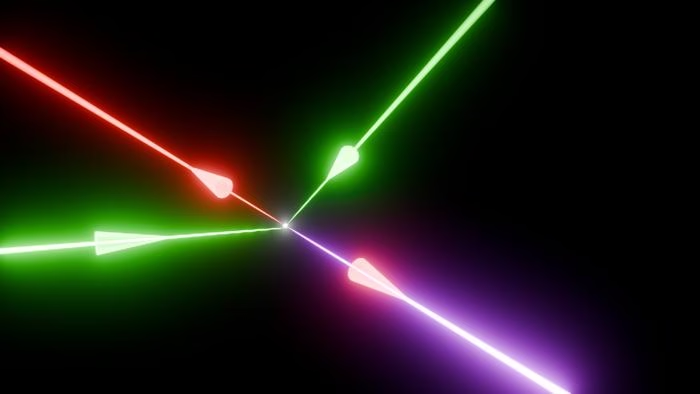
Oxford physicists recreate extreme quantum vacuum effects in simulation
-
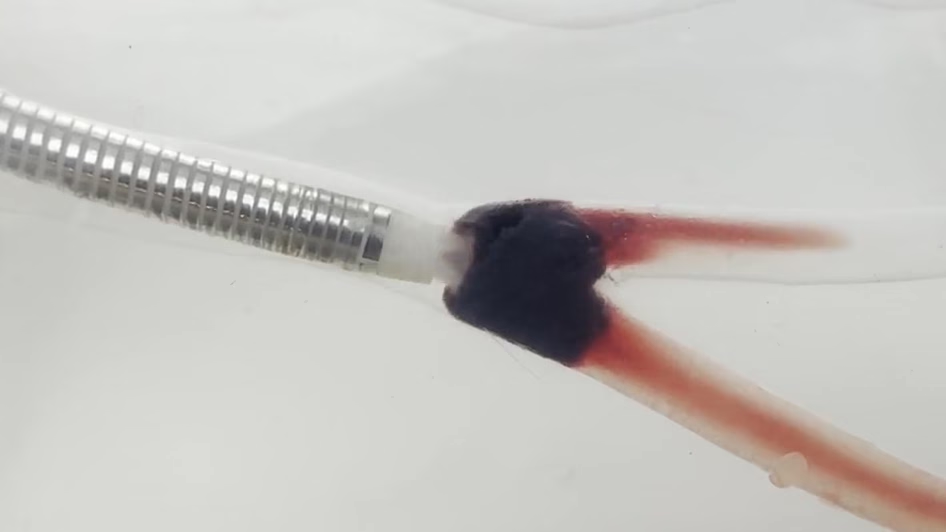
Tiny device spins blood clots away
-

Skin bacteria help protect us from sunlight
-
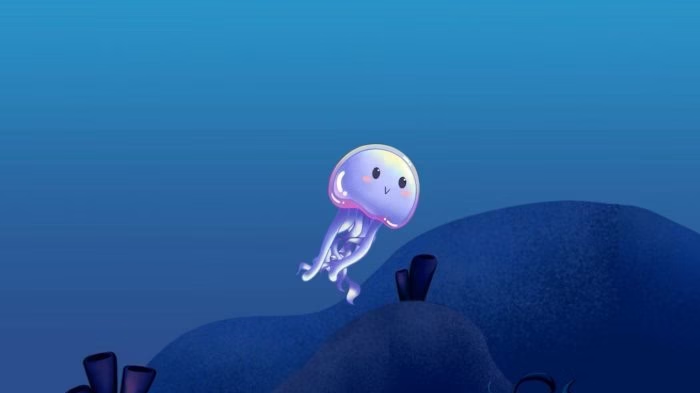
New brain-reading video game reduces chronic nerve pain
-

Black tea and berries could contribute to healthier aging
-

Viral mouth-taping trend ‘sus’ says Canadian sleep expert
-

New sodium fuel cell could enable electric aviation
-

The most extreme solar storm hit Earth over 14,000 years ago, scientists identify
-

Electronic face tattoo gauges mental strain
-

Solitonic superfluorescence paves way for ambient temp quantum computing
-

Cosmic mystery deepens as astronomers find object flashing in both radio waves and X-rays
-

The rotors are also the wheels on this morphobot
